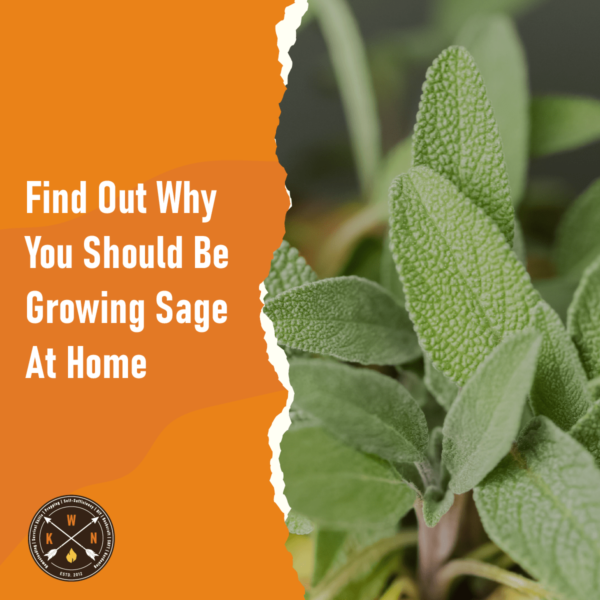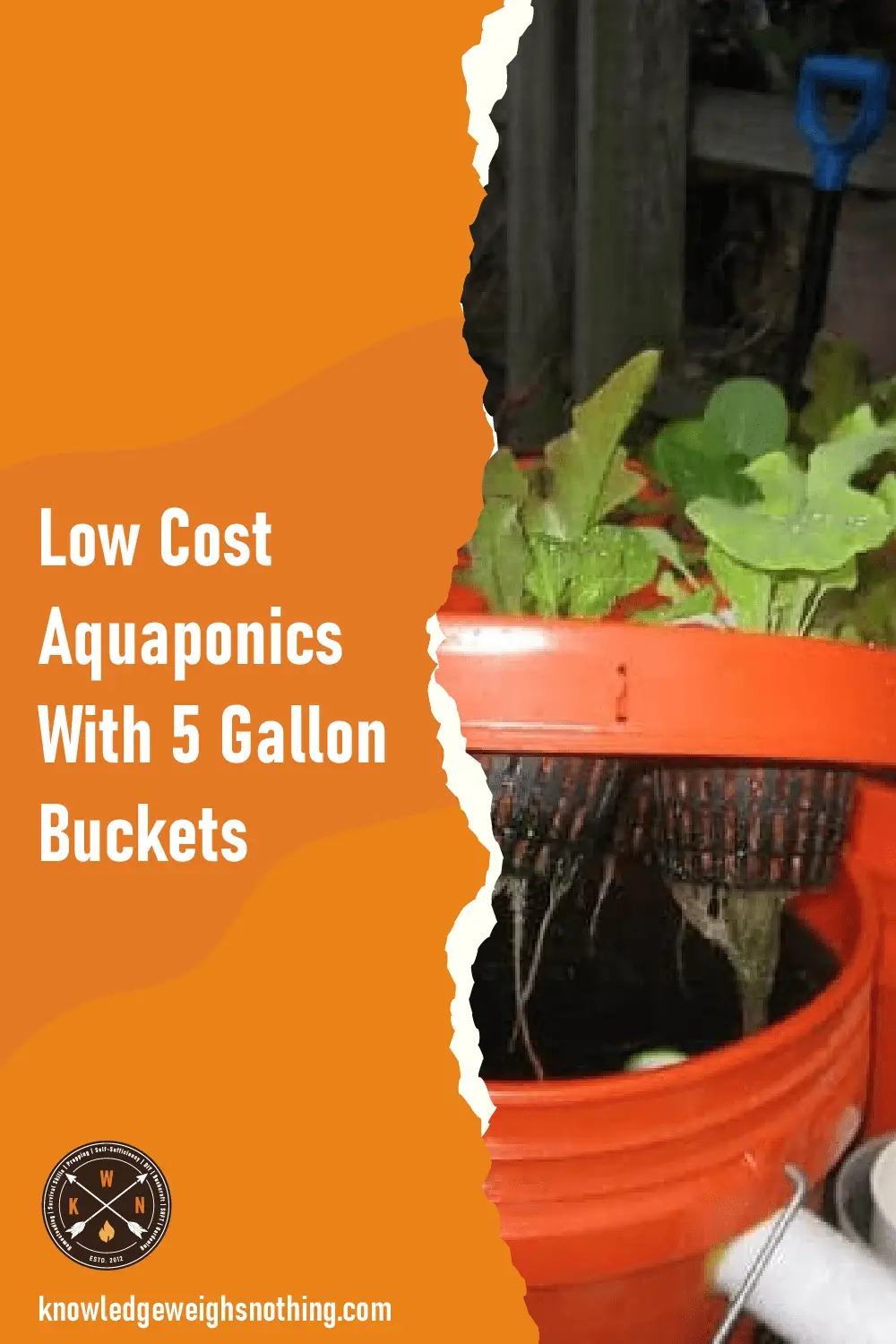
The sage plant is something we take for granted. Unlike most other herbs, it flowers beautifully, makes a great addition to any garden, and adds an amazing flavor to our meat dishes. It’s a perennial, so it’ll even grow in full sunlight with minimal water – meaning it’s one of the easiest herbs to grow yourself.
It’s part of the same earthy herb family as mint and rosemary and has a strong, unique smell and flavor. Not only is it simple to grow and looks great, but sage is also packed with vitamins and nutrients that provide lots of medicinal uses and health benefits.
Table of Contents
ToggleHow to Recognize Sage
Sage is a unique herb with greyish-green, oval-shaped leaves. Some sage variations even have purple or white borders around the outside of the leaves.
The leaves are thick and hold their shape well, even in windy or damp weather and might appear to have a furry, rough surface as the plant matures.
Once your sage plant has matured, it may start to grow spiky flowers in varying colors in the summer. They’re actually quite beautiful for a herb.
The Health Benefits of Sage
Sage has been used for 100’s of years as a cure or medicine for certain ailments. Sage has anti-inflammatory and antibacterial properties. It is also rich in several important vitamins and minerals. Some of sage’s common uses include –
- Sunburn – When made into a tea and applied to the skin, sage calms and soothe sunburn and aids healing.
- Coughs/Sore Throats/Cold Sores- The inflammatory properties in sage have been known to reduce inflammations and infections such as coughs, sore throats and cold sores.
- Dental Health – Sage is packed full of antimicrobials that can neutralize the negative effects of plaque on the gum line.
- Hot Flushes – The International Journal of Medical Research and Health Sciences state that 100mg of sage daily in tablet form could be the reason for a reduction of hot flushes during menopause.
- High Cholesterol – Research has shown that people who consume 400-1500mgs of sage via tea on a daily basis had improved blood lipids after just a single month.
- Improved Memory – Studies into Alzheimer’s disease have shown that small amounts of sage improved the memory recall of some Alzheimer’s patients and might delay the memory decline process.
Recent research appears to indicate that sage can have a positive effect on reducing the spread of cancerous cells.
It’s also got many therapeutic properties and the smell is known to be a relaxant if used around the home. Sage is even famously burned like incense in some cultures to cleanse the home of evil spirits.
Medicinal sage can be picked up fresh from your local store, or from a drugstore in the form of powder, tea, essential oil, or capsules. If you intend to use medicinal sage, make sure you get advice from your chemist on the correct dosage and mention any existing medication if you are taking any.
How to Grow Sage
Now that you’re sold on the idea, you’ll need to know how to plant and grow it successfully.
- Sage doesn’t like to be waterlogged and it won’t grow well in wet soil. Make sure you plant it in full sunlight to allow the soil to dry up after heavy rainfall. You’ll need to lightly water your young sage plant daily until it’s full grown.
- You should sow your seeds in spring to allow them time to grow up to full height (between 12-30 inches depending on the sage type) by mid-summer.
- Although seeds will work, it’s much easier to use small sage plants as they’ll grow faster, allowing you to harvest sooner. Each plant should be around 6 inches apart to allow for root growth.
- With successful sage plants, you should be able to harvest around 3 times per year. Their hardy leaves and thick roots allow them to survive through the winter so you can harvest again the following year. With each harvest, you should also prune back the thick stems of the plant to allow for future growth.
- It’s best to replace your sage plants every 2-3 years to ensure you get fresh produce that is rich in healing properties.
- It works best when planted around rosemary, cabbages and carrots and it makes your garden smell great too.
Eating Sage
Firstly, not all sage plants are safe to eat. You’ll want to grow Salvia officinalis in your garden if you’re planning to use it for cooking. This is known as common or garden sage. Although Salvia Lavandulaefolia and Salvia Plebeia are also edible but have a stronger, more medicinal taste to them.
Fresh sage contains lots of B vitamins, vitamins A, C and E, so has excellent inflammatory benefits and is also high in zinc and magnesium which can help with proper blood flow and cell repair.
It’s best known for use in dishes with stuffing, or alongside meat such as chicken, lamb, or turkey. It’s even used in certain herby bread recipes, as part of a healthy omelette or as a garnish for soups.
If you intend on cooking with your sage, pop the leaves in jars or sealed containers in your freezer once harvested. They can last for a few months as long as they’re frozen but will lose their flavor quickly if left unpreserved.
What to Watch Out for
Although you can’t technically overdose on sage from a culinary perspective – some people have sage with everything – it can cause some side effects if it’s ingested too often in higher quantities for medicinal purposes. More information on safe sage dosing here.
Sage contains small quantities of neurotoxin thujone, which is the same substance contained in some hallucinogenic drugs and alcohol, absinthe being the most common example. This means it can cause some fairly serious side effects if not consumed in very high doses. Look out for:
- Kidney Issues
- Vomiting
- Seizures
- Dizziness
- Increased Heart Rate
Excessive sage is also bad for people who currently have conditions such as epilepsy as it can reduce the effects of their medication. For this reason, you should never drink more than 3-6 cups of sage tea per day and never ingest sage essential oil. The concentrated oil is toxic and may cause longer-lasting effects.
As said above, always discuss with your doctor or pharmacist before taking sage if you have any underlying conditions, or if you take any medication.
Summary
Sage is easy to grow and even easier to maintain in your garden as it needs minimum care. It is a very pretty plant. It has lots of health benefits and medicinal uses. Bear in mind the advice on consuming in moderation.





